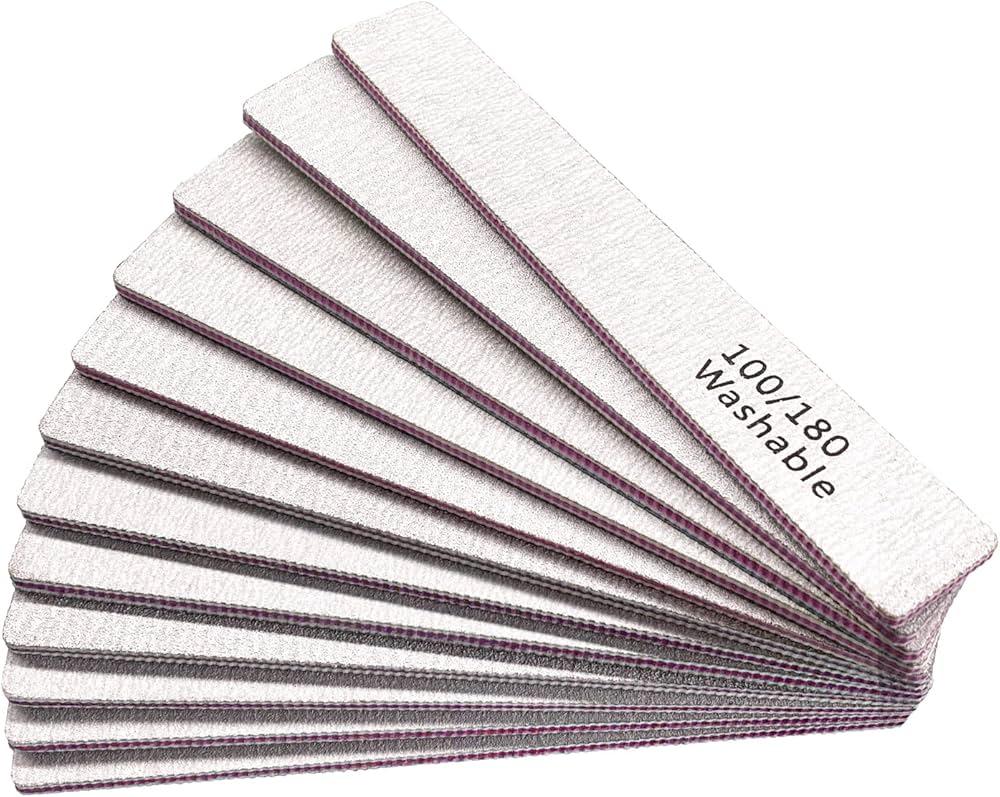In the vibrant world of nail care, the humble nail file often goes unnoticed, overshadowed by the glitz of polishes and the allure of intricate designs. Yet, the secret to achieving salon-worthy nails starts with choosing the right tool. Welcome to the definitive guide on selecting the perfect nail file tailored to your unique nail type. Whether you’re flaunting natural nails, gel overlays, or acrylic extensions, understanding the nuances of this essential tool is crucial. This article will equip you with the knowledge and confidence to make informed choices, ensuring your nails are always in peak condition. Prepare to embark on a journey where science meets beauty, and where your nails are the ultimate canvas.
Understanding Nail File Materials and Their Impact on Different Nail Types

Nail files come in a variety of materials, each offering unique benefits and potential drawbacks for different nail types. Understanding these materials is crucial for maintaining healthy and beautiful nails. Emery boards are the most common, ideal for natural nails due to their gentle abrasive surface. Glass files, known for their smooth finish, are excellent for fragile nails, reducing the risk of splitting. Metal files are durable but can be too harsh for delicate nails, best suited for artificial nails. Ceramic files strike a balance, offering a gentle yet effective filing experience suitable for all nail types.
- Emery Boards: Affordable and widely available, perfect for everyday use on natural nails.
- Glass Files: Provide a gentle finish, ideal for preventing nail damage.
- Metal Files: Highly durable, great for shaping artificial nails but may be too harsh for natural nails.
- Ceramic Files: Versatile and gentle, suitable for both natural and artificial nails.
Expert Tips for Matching Nail File Grit Levels to Your Nail Needs
Understanding the grit levels of nail files is essential for maintaining healthy and beautiful nails. Each grit level serves a specific purpose, and selecting the right one can make all the difference in your nail care routine. Here’s how you can match the perfect nail file to your nail needs:
- 180-240 Grit: Ideal for natural nails, these files are gentle enough to prevent splitting or peeling while effectively shaping and smoothing edges. Opt for this grit if your nails are thin or prone to breakage.
- 100-180 Grit: Suitable for acrylic or gel nails, this medium grit level is perfect for shaping and shortening without causing damage. Use it to maintain the strength and appearance of artificial enhancements.
- 80-100 Grit: Reserved for heavy-duty tasks, such as removing hard gel or acrylic layers. Exercise caution, as this coarse grit can be too harsh for natural nails.
When selecting a nail file, always consider the health and type of your nails. Opt for a higher grit for delicate, natural nails and lower grit for robust artificial ones. By choosing the right grit, you ensure not only the aesthetic appeal but also the overall health of your nails.
Professional Recommendations for Optimal Nail File Shapes and Styles
When selecting a nail file, it’s crucial to consider both the shape and style that best suits your nail type. Professionals emphasize that the right choice can significantly impact the health and appearance of your nails. Here are some expert recommendations to guide you:
- Oval and Rounded Files: Ideal for natural nails, these shapes help prevent splitting and cracking, especially if your nails are prone to weakness.
- Square Files: Best for creating a clean and modern look, suitable for those with strong, healthy nails who prefer a flat edge.
- Stiletto and Almond Files: Perfect for elongating the appearance of your nails, these are recommended for individuals with resilient nails looking to make a bold statement.
Beyond shape, consider the material of your nail file. Glass files offer a smooth finish, reducing the risk of fraying, while metal files provide durability and are excellent for thick, hard nails. Lastly, emery boards are versatile, but ensure you choose a grit suitable for your nail strength—higher grits for delicate nails, lower for tougher ones. These professional tips will help you maintain nail integrity while achieving your desired style.


